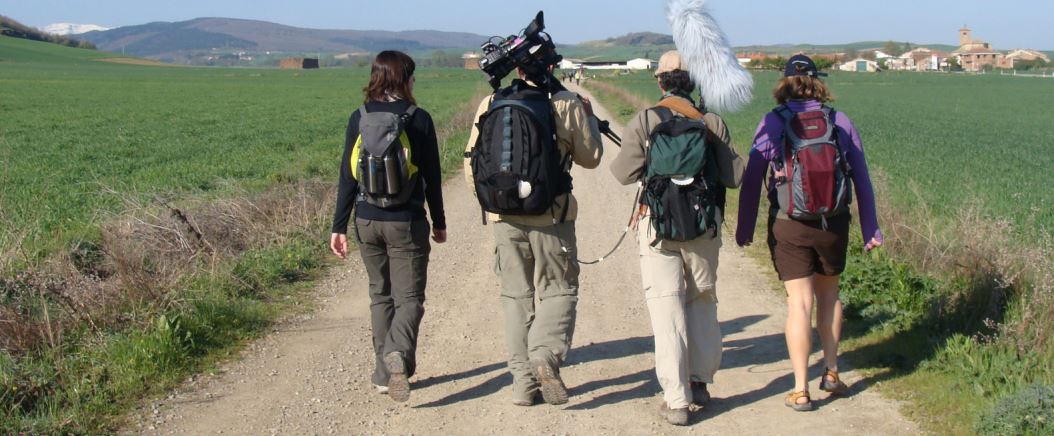Geography, history, spirituality, people, adventure. These are just a few of the puzzle pieces that come together to form the “camino experience” for anyone traveling the Camino de Santiago en route to Santiago de Compostela. These also happen to be perfect subjects for a compelling story and so it is no wonder that there are many travel logs, books, journals, blogs, films and TV episodes that try to capture the essence of the Camino. In most of these stories, the author’s primary goal is to share with the audience or reader the life changing moments, little and small, that they encountered along the way. A feat difficult to accomplish when you consider that one’s experience along the Camino is deeply personal and dependent on the time, place and circumstances in the moments you are there.
But, it is this particular goal that Lydia B. Smith, director and producer of the documentary Walking the Camino – Six Ways to Santiago, sets out to accomplish. To her credit she does a fine job at illustrating the particular nuances of the exhilarating high moments and the daunting low moments that present themselves on a 500 mile trek in a foreign country. She does this by profiling 6 different pilgrims as they leave St. Jean Pied de Port in April of 2009. The film follows these people through their 6+ week trek to Santiago and the viewer joins them for a large part of their journey.
Much like the movie The Way, Walking the Camino – Six Ways to Santiago spends most of its time delving into the relationships that form between pilgrims and the personally transformative power of walking day after day rather than the history and geography of the Camino. The cinematography does a fabulous job of showcasing the beautiful and diverse landscapes that dot this 500 mile traverse. And it does an exceptional job of illustrating the passage of time and its impact on the travelers during the 6 weeks of their trek. My only critique of the film is that in between interviews it includes some of the beautiful sweeping landscape shots but they don’t always coincide with the proper place given the timeline of the film. For anyone familiar with the Camino, you will notice that a view of the expansive Meseta near Burgos is out of sequence when most of the pilgrims are arriving in Galicia.
This film nicely adds an element of documentary style interviews through historians and religious leaders talking about the history of the Camino. I would have preferred a little bit more of this but I realize that with just 90 minutes it is hard to tell the “whole” story. Either way, the movie does a great job of showing how the Camino affects people and how different people affect the Camino experience.


